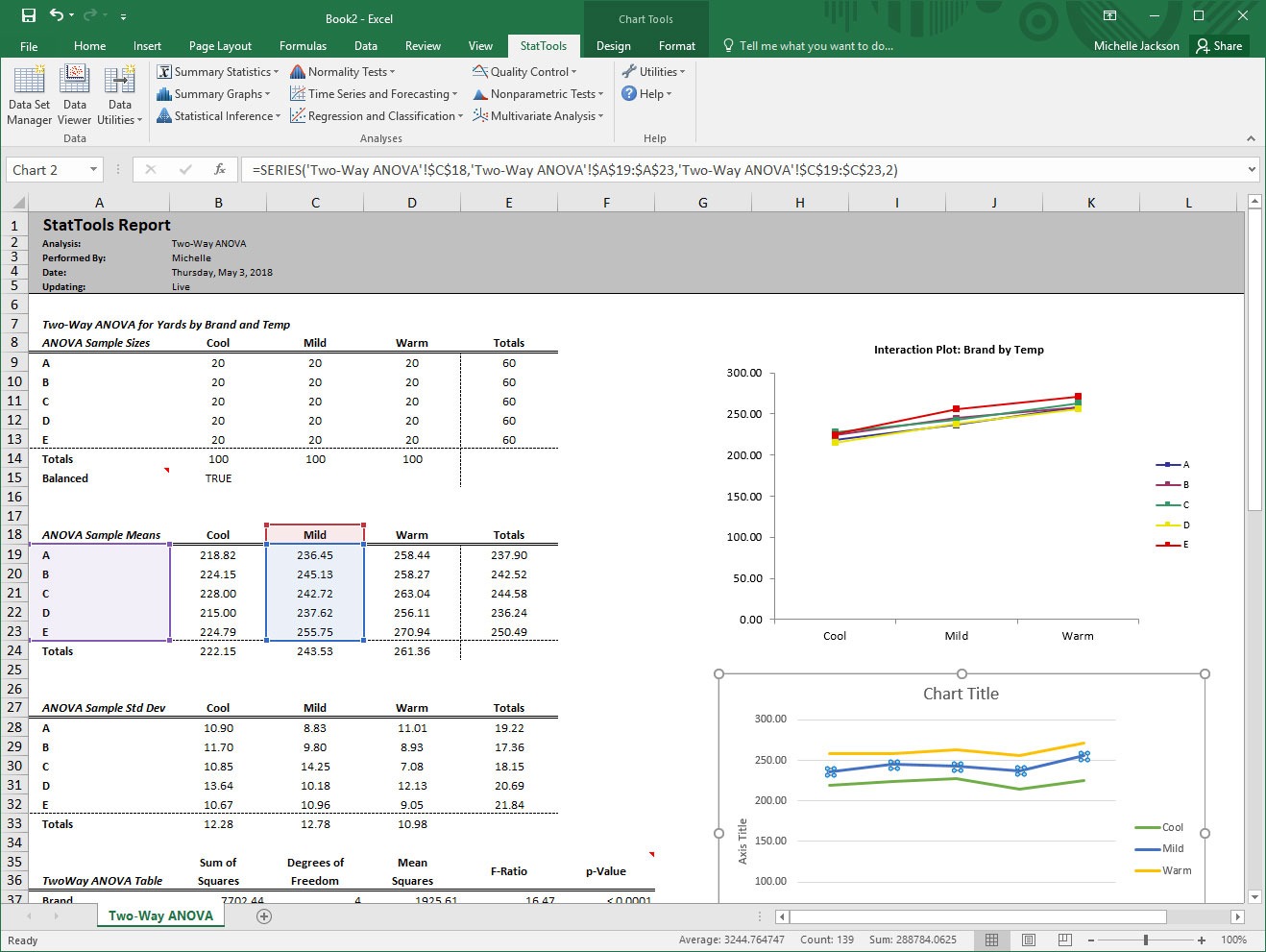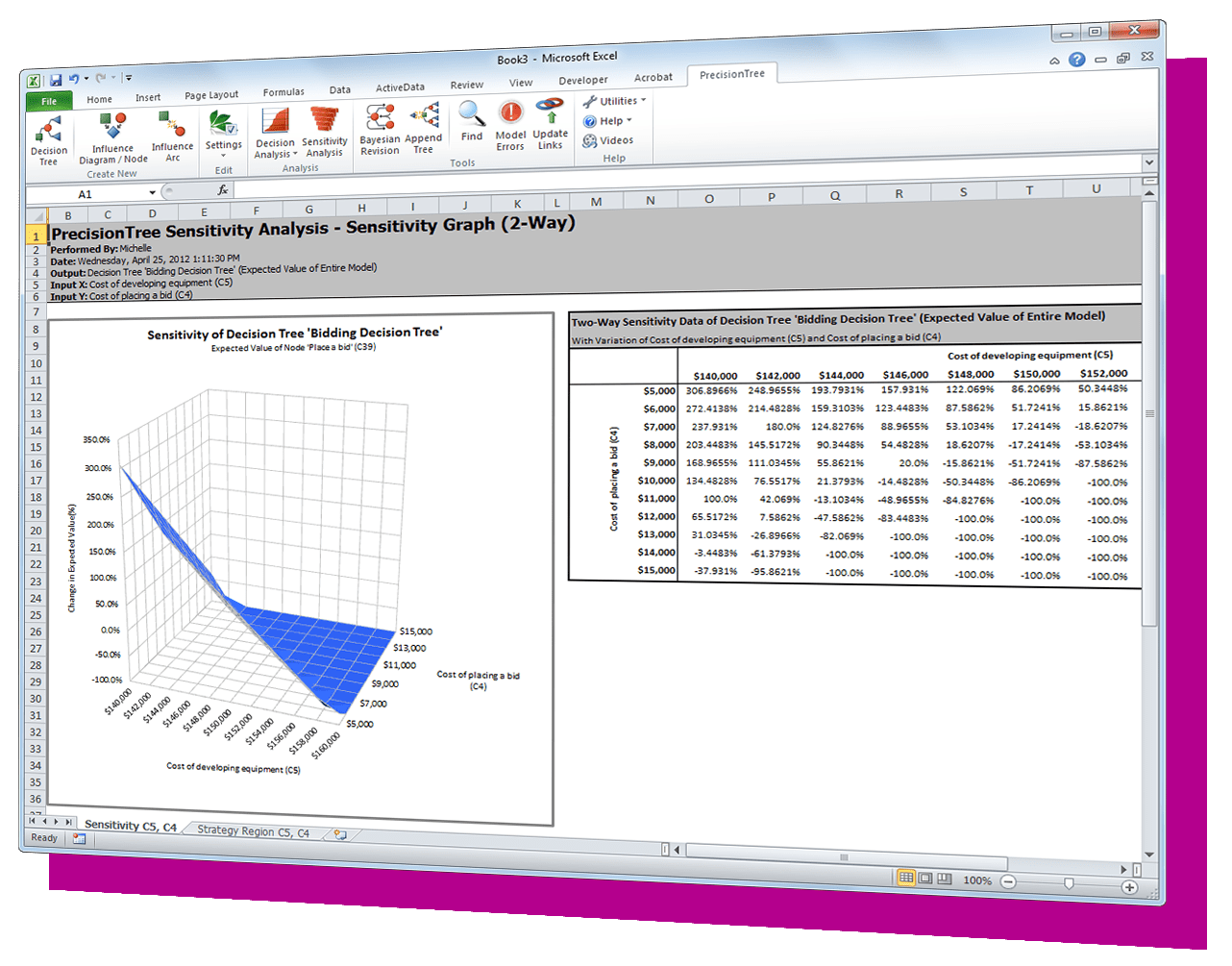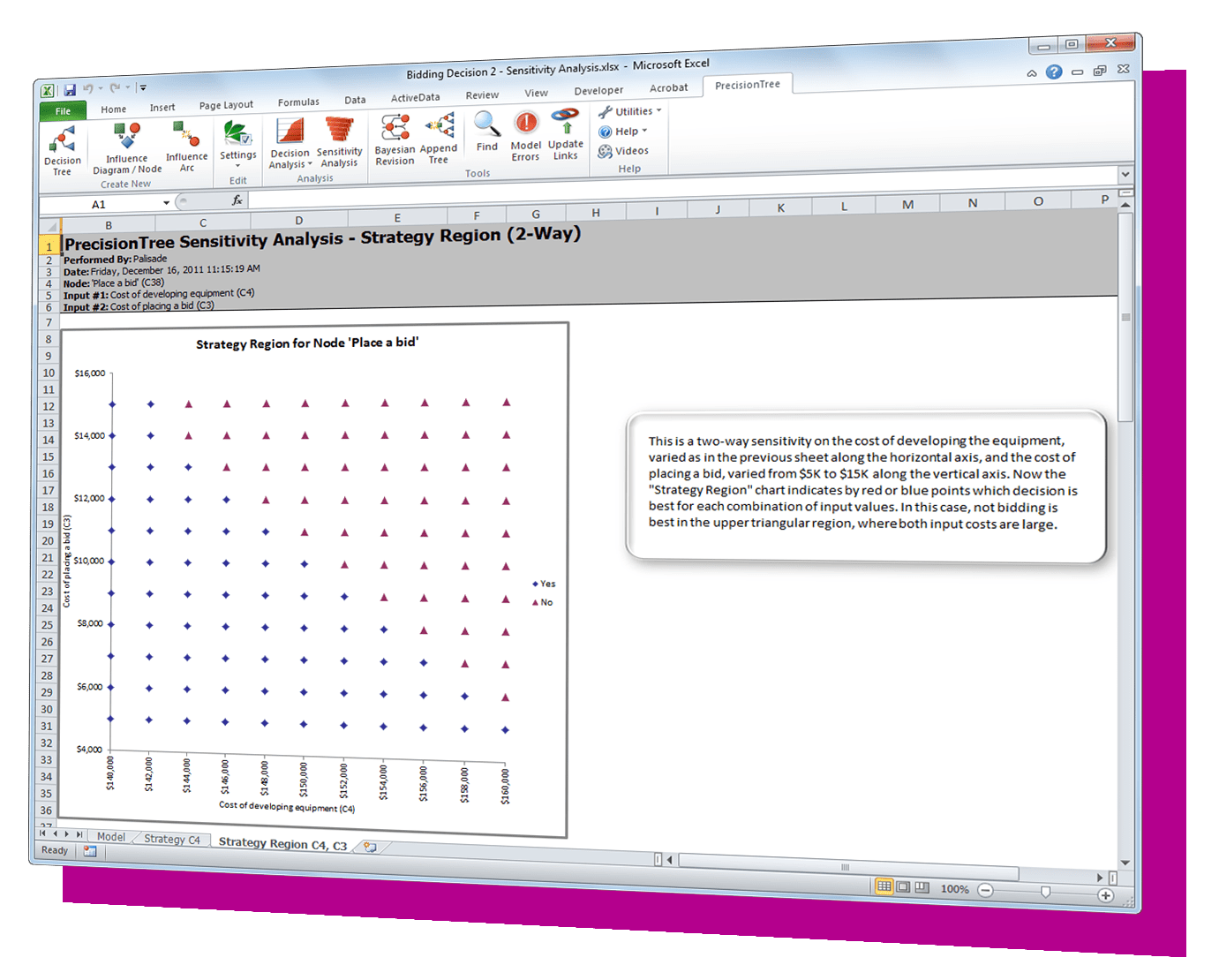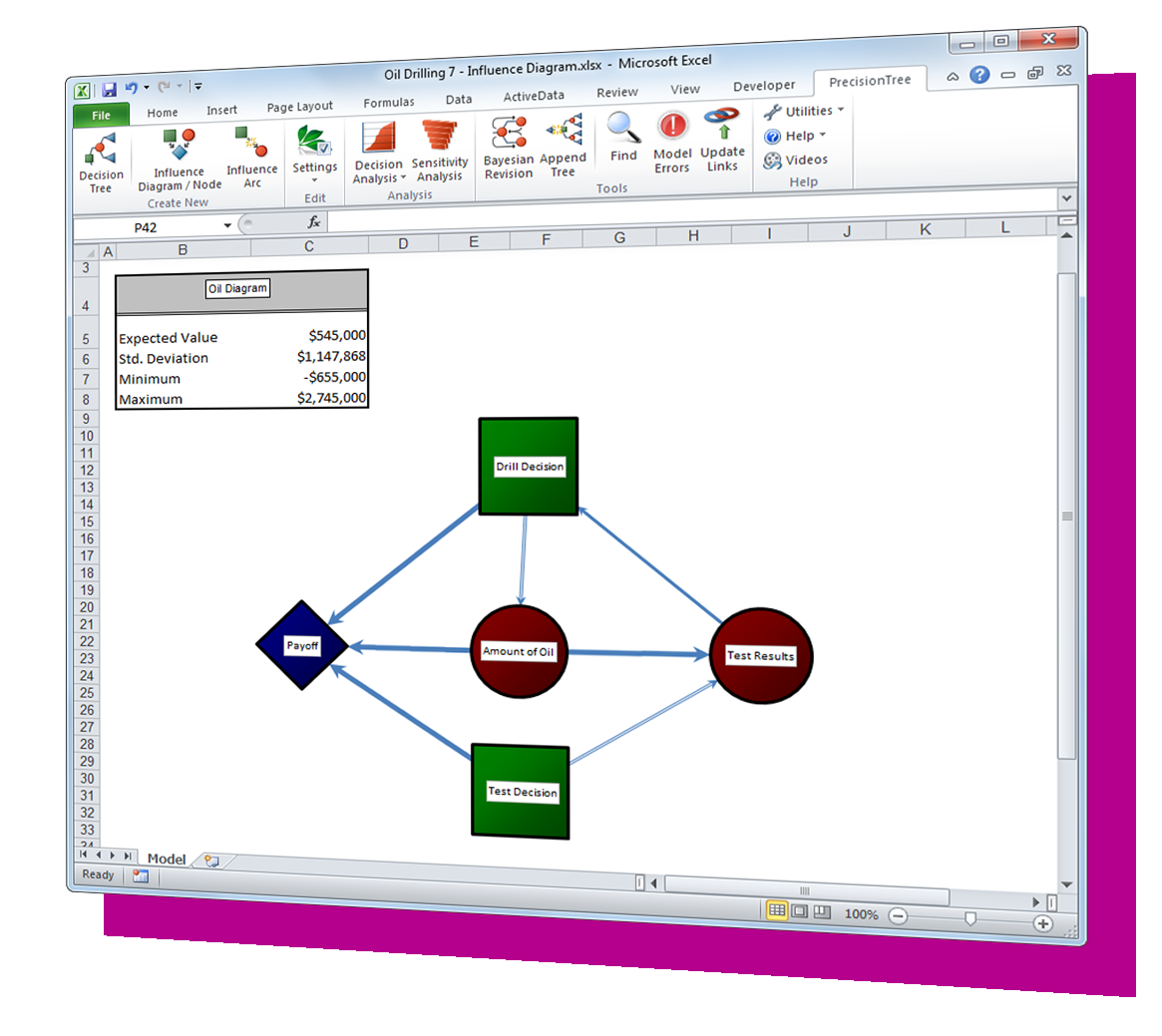

Mitigate Risks






| Feature | Benefit | Professional Edition | Industrial Edition |
|---|---|---|---|
| Optimization under uncertainty | Combines Monte Carlo simulation with sophisticated optimization techniques to find optimal solutions to uncertain problems. Used for budgeting, allocation, scheduling, and more. |  |  |
| Efficient Frontier Analysis | Especially useful in financial analysis, Efficient Frontiers determine the optimal return that can be expected from a portfolio at a given level of risk |  |  |
| Ranges for adjustable cells and constraints | Streamlined model setup and editing |  |  |
| Genetic algorithms | Find the best global solution while avoiding getting caught in local, “hill-climbing” solutions |  |  |
| Six solving methods, including GAs and OptQuest | Always have the best method for different types of problems |  |  |
| RISKOptimizer Watcher and Convergence Monitoring | Monitor progress toward best solutions in real time |  |  |
| Overlay of Optimized vs Original Distribution | Compare original output to optimized result to visually see improvements |  |  |
| Original, Best, Last model updating | Instantly see the effects of three solutions on your entire model |  |  |






| Feature | Benefit | Professional Edition | Industrial Edition |
|---|---|---|---|
| Optimization under uncertainty | Combines Monte Carlo simulation with sophisticated optimization techniques to find optimal solutions to uncertain problems. Used for budgeting, allocation, scheduling, and more. |  |  |
| Efficient Frontier Analysis | Especially useful in financial analysis, Efficient Frontiers determine the optimal return that can be expected from a portfolio at a given level of risk |  |  |
| Ranges for adjustable cells and constraints | Streamlined model setup and editing |  |  |
| Genetic algorithms | Find the best global solution while avoiding getting caught in local, “hill-climbing” solutions |  |  |
| Six solving methods, including GAs and OptQuest | Always have the best method for different types of problems |  |  |
| RISKOptimizer Watcher and Convergence Monitoring | Monitor progress toward best solutions in real time |  |  |
| Overlay of Optimized vs Original Distribution | Compare original output to optimized result to visually see improvements |  |  |
| Original, Best, Last model updating | Instantly see the effects of three solutions on your entire model |  |  |


Lumivero’s StatTools software brings robust statistical analysis and forecasting power to Excel. With StatTools, any Excel user can apply any of over three dozen statistical and forecasting analyses to data directly in their spreadsheet. All StatTools functions behave exactly as native Excel functions do, so there is no learning curve. Furthermore, StatTools is designed to work closely with Lumivero’s NeuralTools product for neural networks prediction, making for a combined data analysis powerhouse unavailable anywhere else.